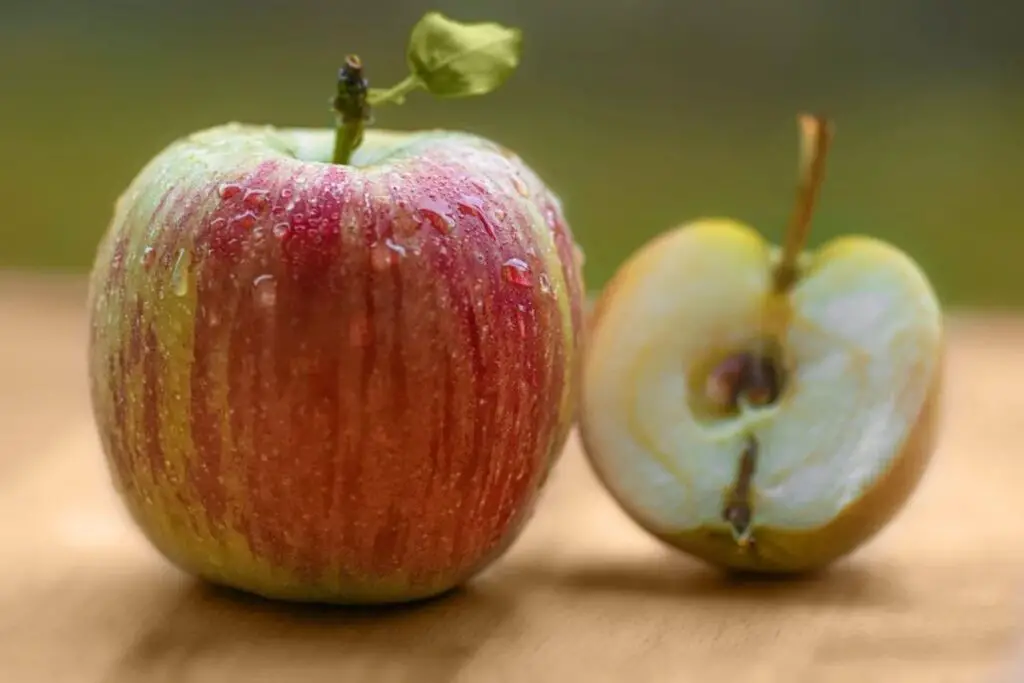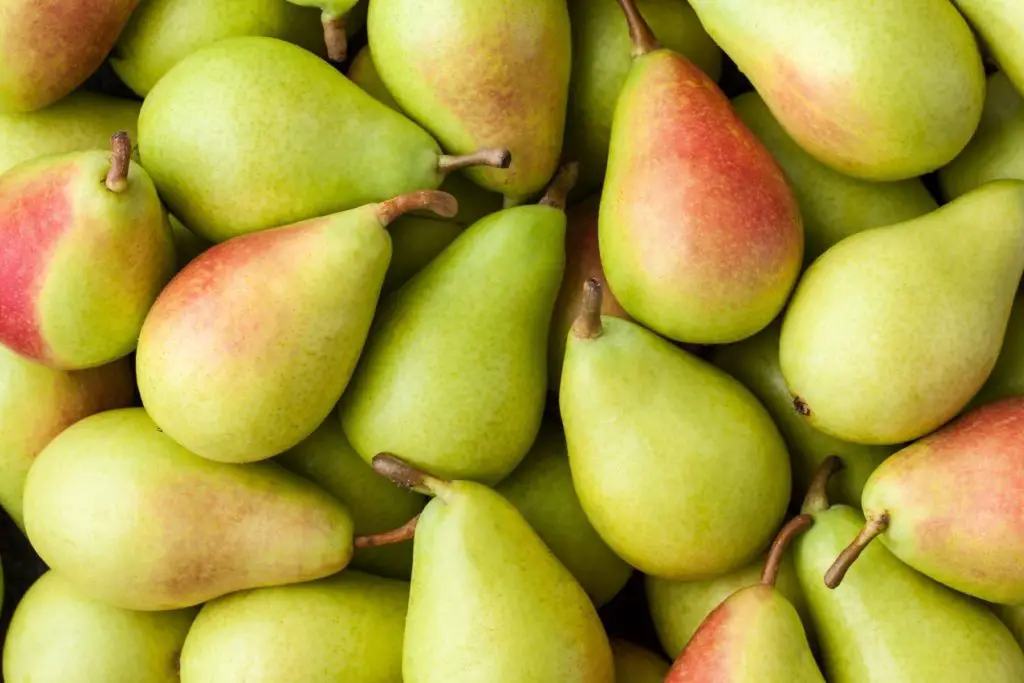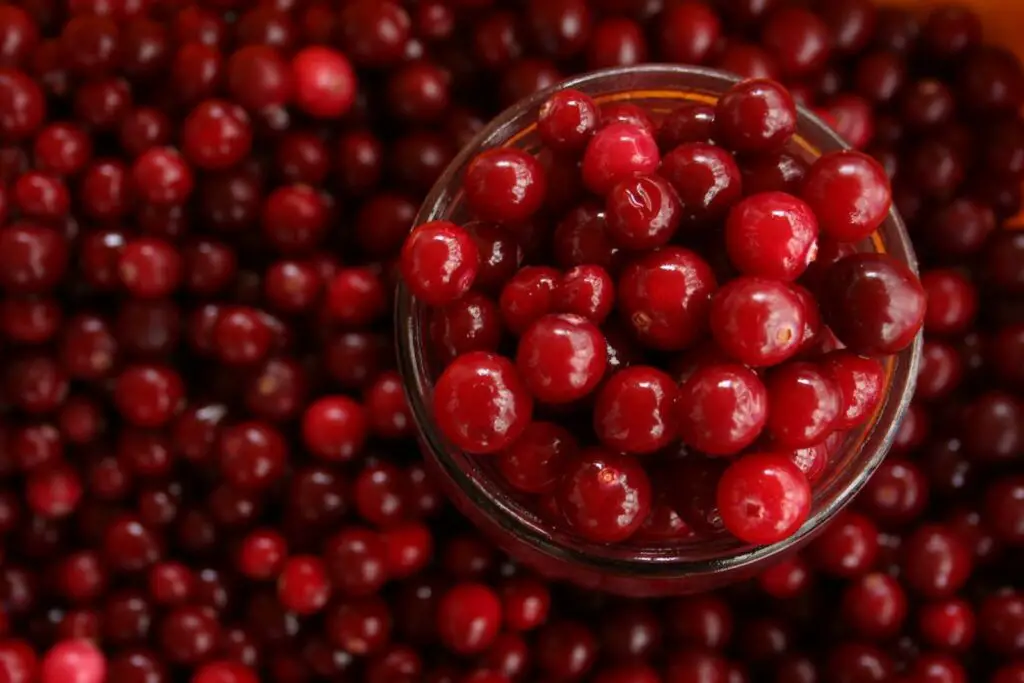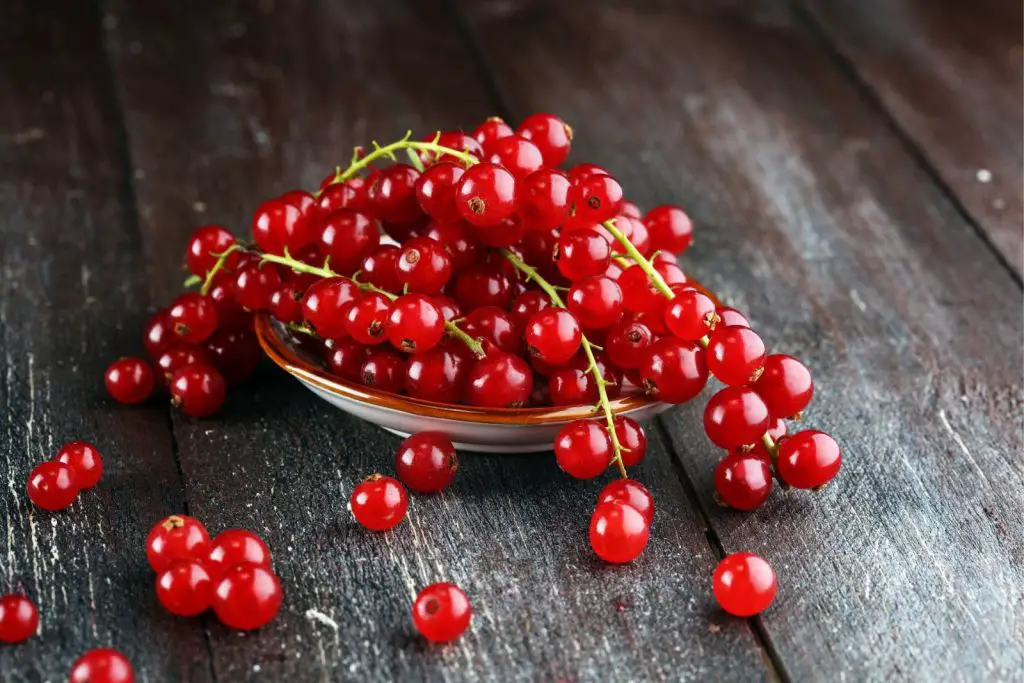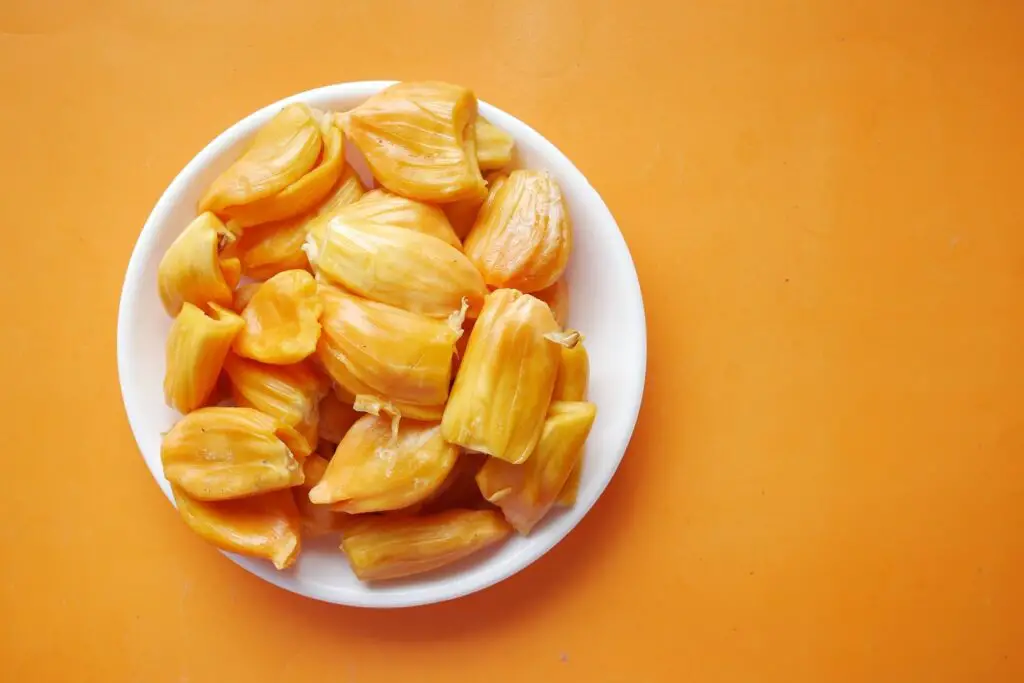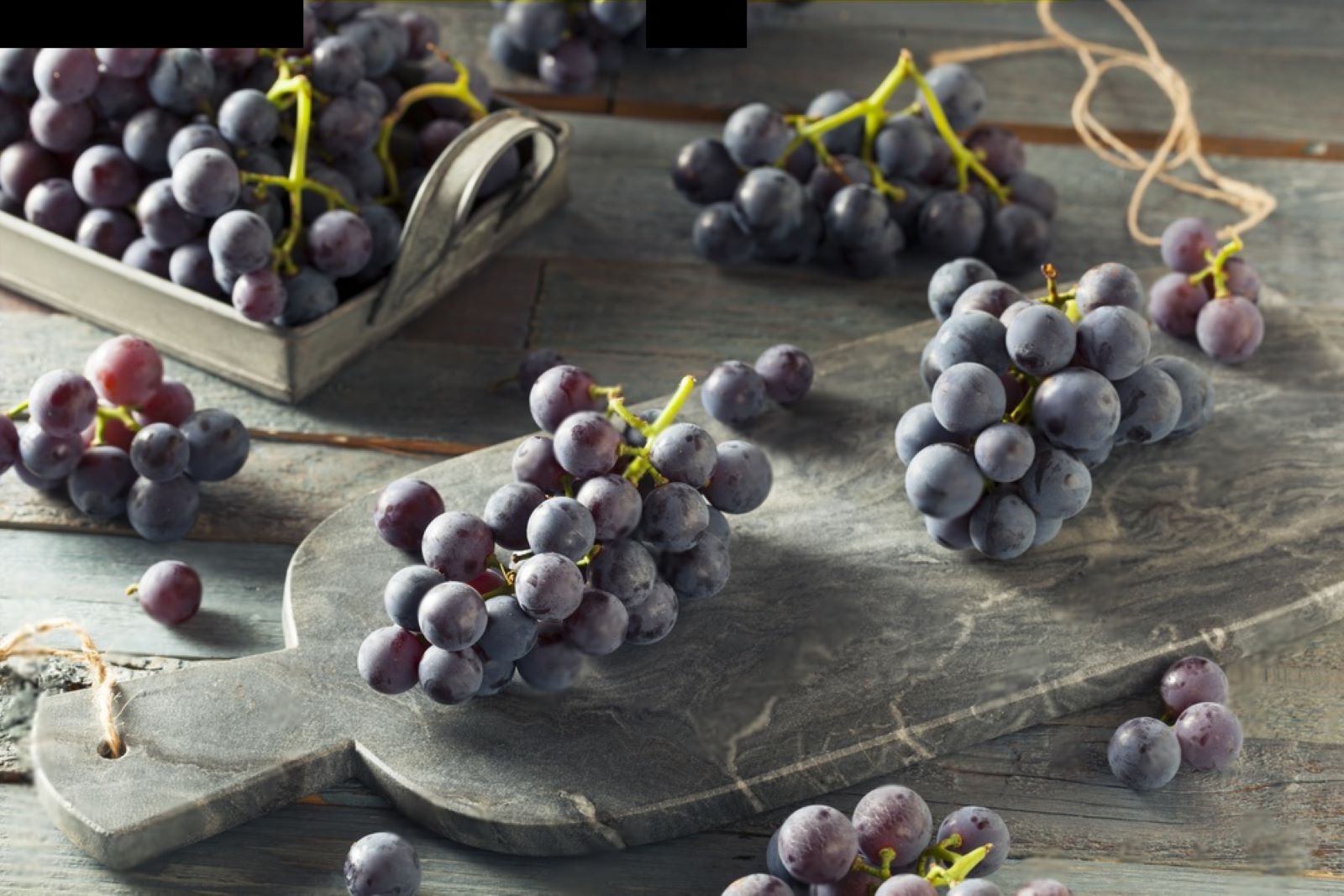
Concord grapes, known for their intense flavor and vibrant purple hue, are a beloved fruit that brings a taste of nostalgia. These grapes have a unique tartness and sweetness that sets them apart, making them perfect for enjoying fresh, making juice, or using in a variety of culinary creations. Whether eaten as a snack, transformed into jellies or jams, or incorporated into desserts, Concord grapes offer a burst of rich flavor that tantalizes the taste buds. If you have an abundant harvest of Concord grapes or want to stock up on their goodness for future use, freezing is an excellent option. Freezing Concord grapes allows you to preserve their unique flavors and versatility, ensuring that you can enjoy their taste and benefits long after the harvest season ends. In this guide, we will explore the best practices for freezing Concord grapes, including washing, packaging, and storage techniques, so you can have a supply of these delightful fruits ready to be enjoyed in your favorite recipes. Join us as we unlock the secrets of freezing Concord grapes and discover the convenience of having this delectable fruit available for your culinary adventures throughout the year.
Here are the simple steps to freeze concord grapes:
Step 1: Select Ripe and Fresh Concord Grapes
When freezing Concord grapes, it’s important to begin with grapes that are ripe and fresh. This step ensures that you capture the best flavor and texture in the frozen grapes. Here’s why selecting ripe and fresh Concord grapes is crucial:
- Optimal flavor: Ripe Concord grapes have reached their peak sweetness and flavor. They offer a delightful balance of tartness and natural sweetness. By choosing ripe grapes, you guarantee that the frozen grapes will maintain their delicious taste when thawed.
- Textural integrity: Fresh Concord grapes have a desirable firmness and texture. They should feel plump and slightly firm when gently squeezed. By starting with fresh grapes, you can preserve their texture during the freezing process. Overripe or soft grapes may become mushy when frozen, compromising the overall quality.
- Preservation of nutrients: Ripe and fresh Concord grapes are packed with essential nutrients such as vitamins, minerals, and antioxidants. Freezing the grapes at their peak ensures that these beneficial compounds are retained, allowing you to enjoy their health benefits even after they are frozen.
During the selection process, take the time to inspect each grape. Discard any grapes that show signs of mold, damage, or overripeness. Moldy grapes can contaminate the entire batch, while damaged or overripe grapes may not freeze well or contribute to a subpar taste. It’s crucial to work with the best-quality grapes to achieve the desired results.
Step 2: Wash and Remove the Grapes from the Stems
Once you have selected ripe and fresh Concord grapes, the next step is to wash them and remove them from the stems. This process ensures that the grapes are clean and ready for freezing. Here’s why washing and removing the grapes from the stems is important:
- Removing debris: Washing the grapes helps remove any dirt, dust, or residue that may be present on the skin. This is particularly important if the grapes were harvested from the vine or purchased from a farmer’s market. By rinsing them under cold running water, you eliminate potential contaminants and ensure that the grapes are clean before freezing.
- Maintaining hygiene: Washing the grapes also helps maintain proper hygiene. It reduces the chances of bacteria or other microorganisms being transferred from the surface of the grapes to the frozen product. Properly cleaned grapes contribute to safe and hygienic food preservation.
Here’s how to wash and remove the grapes from the stems:
- Place the Concord grapes in a colander or a large bowl.
- Rinse the grapes thoroughly under cold running water. Gently rub the grapes with your fingers to ensure that all surfaces are cleaned.
- If your grapes are attached to stems, gently remove them. You can either pull the grapes off individually or use kitchen shears to cut the clusters into smaller sections. This step makes it easier to handle and portion the grapes when you are ready to use them after freezing.
By washing and removing the grapes from the stems, you ensure that the grapes are clean and ready for freezing. This step promotes food safety and helps maintain the quality of the frozen grapes.
Step 3: Dry the Grapes
After washing the Concord grapes, it’s crucial to dry them thoroughly before proceeding with the freezing process. This step is essential to prevent the formation of ice crystals during freezing, which can negatively impact the texture and quality of the grapes. Here’s why drying the grapes is important:
- Preventing ice crystal formation: When grapes contain excess moisture before freezing, it can lead to the formation of ice crystals. These crystals can cause cellular damage within the grape, resulting in a loss of texture and juiciness. By drying the grapes, you remove the surface moisture, reducing the likelihood of ice crystal formation.
- Maintaining texture: Drying the grapes helps preserve their natural texture. If the grapes are frozen while still wet, the excess moisture can lead to a softer or mushier texture when thawed. By removing the moisture, you enhance the chances of the grapes retaining their firmness and appealing texture after freezing and thawing.
Here’s how to dry the grapes:
- Place the washed Concord grapes on a clean kitchen towel or paper towels. Spread them out in a single layer, allowing air to circulate around the grapes.
- Gently pat the grapes dry with the towel or paper towels. Be careful not to squeeze or crush the grapes while drying them.
Alternatively, you can use a salad spinner to remove excess moisture. Place the grapes in the spinner and spin them gently to remove the water. Ensure that the spinner is clean and free from any debris.
By drying the grapes thoroughly, you minimize the risk of ice crystal formation and help preserve the desired texture of the grapes when frozen. It’s an important step in ensuring the overall quality of the frozen grapes for future use.
Step 4: Arrange the Grapes for Freezing
After drying the Concord grapes, the next step is to arrange them properly on a baking sheet for freezing. This step ensures that the grapes freeze individually and do not stick together, making it easier to portion them out when needed. Here’s why arranging the grapes for freezing is important:
- Preventing clumping: By spreading the grapes in a single layer on a baking sheet, you create space between each grape. This prevents them from touching or overlapping, reducing the chances of them freezing together in a clump. Individual freezing allows for easier handling and portioning later on.
- Easy portioning: Arranging the grapes in a single layer ensures that they freeze separately, making it convenient to portion out the desired quantity when you need them. Whether you want to use a small amount or the entire batch, the individual freezing allows you to easily take out the desired portion without thawing more grapes than necessary.
Here’s how to arrange the grapes for freezing:
- Prepare a baking sheet by lining it with parchment paper. The parchment paper prevents the grapes from sticking to the baking sheet and makes it easier to remove them after freezing.
- Spread the dried Concord grapes in a single layer on the prepared baking sheet. Make sure that the grapes are not touching or overlapping. Allow some space between each grape for proper freezing.
- If you have a large quantity of grapes, you may need to use multiple baking sheets or freeze them in batches. This ensures that each grape has enough room to freeze individually.
- Place the baking sheet(s) with the arranged grapes in the freezer. Make sure the baking sheet is level to prevent any shifting or rolling of the grapes during freezing.
By arranging the grapes in a single layer on a baking sheet, you promote individual freezing and prevent them from sticking together. This arrangement allows for easier portioning and maintains the quality of the frozen grapes.
Step 5: Flash-Freeze the Grapes
Once you have arranged the Concord grapes in a single layer on a baking sheet, the next step is to flash-freeze them. Flash-freezing involves quickly freezing the grapes individually to maintain their shape and prevent them from clumping together. Here’s why flash-freezing the grapes is important:
- Preservation of shape: Flash-freezing the grapes individually helps preserve their natural shape and structure. By freezing them quickly, the water inside the grapes forms smaller ice crystals, minimizing the cellular damage that can occur during freezing. This ensures that the grapes maintain their appealing shape and texture when thawed.
- Prevention of clumping: Flash-freezing the grapes on the baking sheet ensures that they freeze separately without sticking or clumping together. Individual freezing allows you to easily take out the desired amount of grapes without thawing the entire batch.
Here’s how to flash-freeze the grapes:
- Place the baking sheet with the arranged grapes in the freezer. Make sure the baking sheet is level and stable to avoid any shifting or spilling of the grapes.
- Allow the grapes to freeze for about 1 to 2 hours, or until they are firm and solid. The exact freezing time may vary depending on the temperature of your freezer and the size of the grapes.
- To test if the grapes are frozen, gently press one grape with your finger. It should feel firm and solid.
By flash-freezing the grapes individually, you ensure that they maintain their shape and texture. This method prevents clumping and allows for convenient portioning when you need to use the grapes later on. Once the grapes are firm and solid, they are ready to be packaged for long-term storage in the freezer.
Step 6: Package and Seal the Grapes
After flash-freezing the Concord grapes and ensuring that they are firm and solid, it’s time to package them for long-term storage in the freezer. Proper packaging and sealing are essential to maintain the quality of the frozen grapes and prevent freezer burn. Here’s why packaging and sealing the grapes is important:
- Protection from freezer burn: Freezer burn occurs when air comes into contact with the frozen food, causing dehydration and affecting its quality. Proper packaging and removing excess air help minimize the risk of freezer burn, preserving the flavor and texture of the grapes.
- Maintaining freshness: Packaging the grapes in freezer-safe bags or airtight containers helps maintain their freshness by preventing the entry of air and moisture. This safeguards the grapes from potential changes in flavor, texture, and quality caused by exposure to the freezer environment.
Here’s how to package and seal the grapes:
- Transfer the frozen grapes from the baking sheet into freezer-safe bags or airtight containers. Choose containers specifically designed for freezer use to ensure they can withstand low temperatures without cracking or becoming brittle.
- Fill the bags or containers with the desired quantity of grapes. Leave some space at the top to allow for expansion during freezing.
- Remove as much air as possible from the bags or containers. One way to do this is by using a straw to suck out the air from a partially sealed bag before completely sealing it. Alternatively, for containers, press down gently to remove excess air before sealing.
- Seal the bags or containers tightly to create an airtight seal. Ensure that there are no gaps or openings that could allow air or moisture to enter.
- If using bags, you may also consider double-bagging for added protection. Place the sealed bags in a second bag before sealing it.
By packaging and sealing the grapes properly, you protect them from freezer burn and maintain their freshness and quality during storage. This step ensures that the frozen grapes remain delicious and ready for use whenever you need them.
Step 7: Label and Date
After packaging and sealing the frozen grapes, it’s important to label each package with clear information about its contents and the date of freezing. Proper labeling helps you identify the grapes and keep track of their storage time. Here’s why labeling and dating the packages is important:
- Easy identification: By labeling each package, you can easily identify the contents without having to open and inspect them. This is particularly useful if you have multiple packages of different fruits or food items in the freezer. Clear labeling ensures that you can quickly find the frozen grapes when needed.
- Rotation and consumption: Labeling the date of freezing allows you to practice proper rotation and ensure that you consume the grapes within a reasonable time frame. It helps you keep track of how long the grapes have been in the freezer and reminds you to use them before their quality deteriorates.
Here’s how to label and date the packages:
- Use a marker or adhesive labels to write the contents of each package. Clearly indicate that the package contains frozen Concord grapes.
- Write the date of freezing on each package. Include the day, month, and year of freezing.
- Place the label or write the information on a visible spot on the package, such as the front or top. This makes it easy to read and identify without having to move or rearrange items in the freezer.
By labeling and dating the packages, you can easily identify the frozen grapes and ensure that you consume them in a timely manner. This practice promotes efficient freezer organization and helps maintain the quality of the grapes over time.
Step 8: Store in the Freezer
After labeling and dating the packages of frozen Concord grapes, the final step is to store them in the freezer. Proper storage conditions are essential for maintaining the quality and longevity of the frozen grapes. Here’s why storing the grapes correctly in the freezer is important:
- Temperature control: Freezing the grapes at the recommended temperature helps preserve their taste, texture, and nutritional value. It inhibits the growth of bacteria and slows down enzymatic activity that can lead to deterioration. Maintaining a freezer temperature of 0°F (-18°C) or below ensures optimal preservation of the grapes.
- Placement in the freezer: Storing the grapes in the coldest part of the freezer, such as the back or the bottom shelf, helps maintain a consistent and low temperature. This area is less prone to temperature fluctuations when the freezer door is opened, reducing the risk of freezer burn and maintaining the quality of the grapes.
Here’s how to store the frozen Concord grapes in the freezer:
- Place the sealed packages of grapes in the coldest part of the freezer. This is typically the back or the bottom shelf. Avoid storing them in the freezer door, as this area tends to experience temperature fluctuations.
- If you have multiple packages, arrange them in a way that maximizes space efficiency while still allowing air circulation around each package. This helps maintain a uniform freezing temperature.
- Make sure the packages are placed in an upright position to prevent any leakage or spillage.
- Avoid overcrowding the freezer as it may restrict air circulation and lead to uneven freezing.
By storing the sealed packages of Concord grapes in the coldest part of the freezer and maintaining the recommended temperature, you ensure that the grapes remain in optimal condition for an extended period. Proper storage preserves their flavor, texture, and nutritional value until you are ready to enjoy them.
How long can concord grapes last in the freezer?
Concord grapes can last in the freezer for up to 10 to 12 months when properly stored. It’s important to store them in airtight containers or freezer-safe bags to prevent freezer burn and maintain their quality. However, for the best flavor and texture, it is recommended to consume them within 6 to 8 months of freezing.
Other related questions
How do you defrost concord grapes?
To defrost Concord grapes, transfer the frozen grapes from the freezer to the refrigerator. Allow them to thaw slowly in the refrigerator for a few hours or overnight. Once thawed, consume the grapes promptly as they may become soft and lose some of their texture and firmness during the defrosting process.
Can you refreeze concord grapes?
It is generally not recommended to refreeze Concord grapes once they have been thawed. The process of thawing and refreezing can affect the texture and quality of the grapes, resulting in a loss of flavor and juiciness. To maintain the best quality, it is advisable to consume the grapes after they have been thawed and avoid refreezing them.
How do I know if the concord grapes have gone bad after being frozen?
After being frozen, if Concord grapes have gone bad, there are a few indicators to look out for. Check for any signs of mold or discoloration on the grapes. Additionally, if the grapes have an off-putting odor or a slimy texture, it is a strong indication that they have spoiled and should be discarded. It is important to trust your senses and use caution when consuming frozen grapes that show any signs of spoilage.
Can frozen Concord grapes be used in recipes like grape sorbet or grape jelly?
Yes, frozen Concord grapes can be used in recipes like grape sorbet or grape jelly. Thawed frozen Concord grapes can be processed to extract their juice, which can then be used as a base for making grape sorbet or grape jelly. The natural sweetness and rich flavor of Concord grapes make them a popular choice for these types of recipes. Simply follow the recipe instructions and adjust the sugar levels as needed. Using frozen Concord grapes allows you to enjoy their vibrant taste and aroma throughout the year in your favorite grape-based treats.
Are there any special considerations for freezing Concord grapes for juicing or making preserves?
Yes, there are special considerations when freezing Concord grapes for juicing or making preserves. Before freezing, it is recommended to remove the grapes from their stems and wash them thoroughly. Freezing grapes with their stems can lead to an undesirable texture and flavor. Additionally, if you plan to use the grapes for juicing or making preserves, it may be beneficial to separate the seeds from the pulp before freezing.

